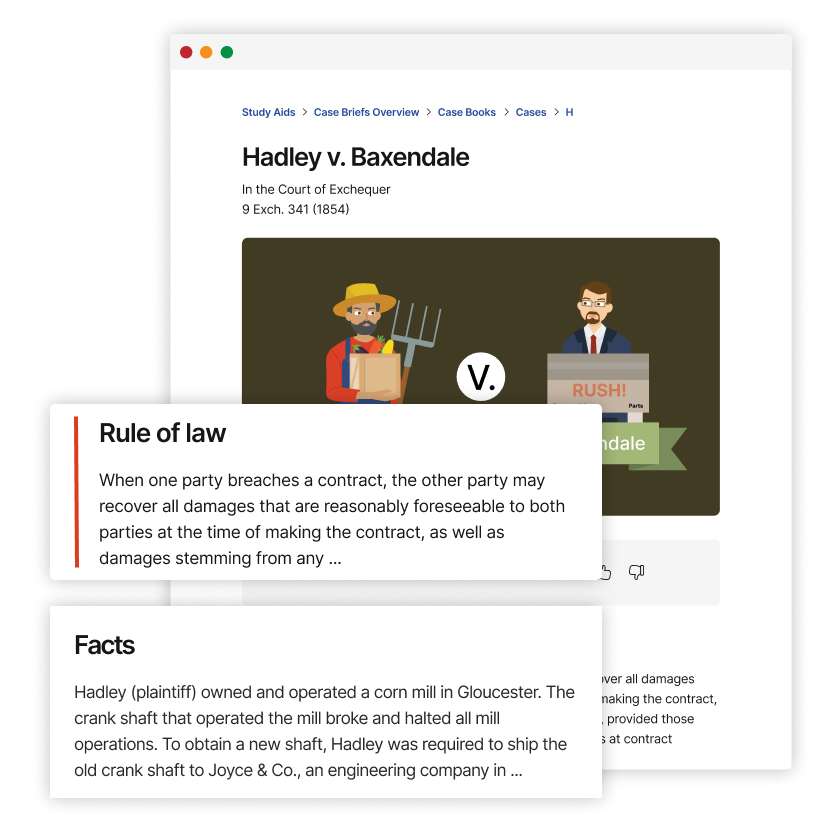Abacus Federal Savings Bank v. ADT Security Services, Inc.
New York Court of Appeals
967 N.E.2d 666 (2012)
- Written by Abby Roughton, JD
Facts
On March 20, 2004, burglars broke into Abacus Federal Savings Bank (plaintiff) in New York City. The burglars used blowtorches to break down a wall of the bank’s vault and then took $589,749.55 in cash from a safe inside the vault and $926,512 in property from bank customers’ safe-deposit boxes. The burglary lasted for several hours, but police were never notified of the burglary while it was occurring. Before the burglary, ADT Security Services, Inc. (defendant) and Diebold, Incorporated (defendant) had contracted with Abacus to provide security services for the bank. Abacus’s contract with ADT required ADT to install and maintain a 24-hour security system to protect the bank’s premises and vault. ADT was also required to use motion and smoke detectors inside the vault and transmit any alarm signals from the vault to ADT’s central security system. Abacus’s contract with Diebold required Diebold to maintain a backup-alarm system to ADT’s system. The contracts contained clauses exculpating ADT and Diebold from negligence liability and limiting ADT and Diebold’s liability in all circumstances to $250. Diebold’s contract also contained a waiver-of-subrogation clause that required Abacus to obtain insurance to cover losses due to theft and waive any claim against Diebold for covered theft losses. ADT’s contract did not contain a similar waiver-of-subrogation provision, but it stated that Abacus was responsible for obtaining insurance to cover property loss. After the burglary, Abacus sued ADT and Diebold in New York state court. Abacus asserted that ADT and Diebold breached their contracts by installing inadequate security systems. Abacus further alleged that ADT and Diebold knew that their alarm equipment had been malfunctioning for months, but they failed to investigate the malfunctions or notify anyone at Abacus about the issue. ADT and Diebold moved to dismiss Abacus’s complaint. The trial court denied the motion to dismiss Abacus’s breach-of-contract and gross-negligence claims but dismissed the rest of the complaint. The Appellate Division reversed and granted the motion to dismiss the entire complaint. Abacus appealed to the New York Court of Appeals.
Rule of Law
Issue
Holding and Reasoning (Ciparick, J.)
What to do next…
Here's why 899,000 law students have relied on our case briefs:
- Written by law professors and practitioners, not other law students. 47,000 briefs, keyed to 994 casebooks. Top-notch customer support.
- The right amount of information, includes the facts, issues, rule of law, holding and reasoning, and any concurrences and dissents.
- Access in your classes, works on your mobile and tablet. Massive library of related video lessons and high quality multiple-choice questions.
- Easy to use, uniform format for every case brief. Written in plain English, not in legalese. Our briefs summarize and simplify; they don’t just repeat the court’s language.




